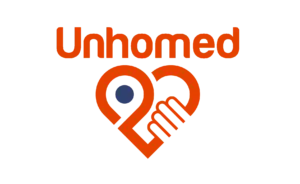Needs Assessment
Description
Title: "Deep Dive into Needs Assessment"
Term: "Needs Assessment"
Definition: "Needs Assessment" is defined as a systematic process to identify the needs of a population, such as individuals experiencing homelessness, and determine the services and resources required to address those needs effectively.
Description:
A "Needs Assessment" is a tool employed by organizations to discern the specific requirements of a target group or community, to tailor services and resources accordingly. It is a practical method used in various sectors, including health, education, and social services, to ensure that interventions directly address the unique, often complex, needs of specific populations like the homeless. A successful needs assessment involves meticulous planning, comprehensive data collection and analysis, and strategic implementation.
Objectives:
- To identify the precise needs of a specific population.
- To determine the necessary services and resources to address identified needs.
- To develop an effective strategy for the targeted distribution of resources.
- To maximize the impact and effectiveness of interventions or programs.
Mechanisms:
- Detailed research and data collection: Surveys, interviews, focus groups, and observations.
- Thorough analysis of collected data to discern needs.
- Identification and sourcing of required resources and services.
- Development and implementation of a tailored strategy.
Benefits:
- Helps organizations accurately identify the needs of target populations.
- Facilitates efficient use of resources by directing them where needed most.
- Enhances effectiveness of interventions by ensuring they address specific needs.
- Provides a quantifiable basis for decision-making and strategic planning.
- Can significantly improve the quality of life for target populations.
Challenges:
- Collection and analysis of large volumes of data can be time and manpower-intensive.
- Needs may change over time, requiring regular reassessment.
- Implementing tailored services and resource distribution strategies can be complex.
- Requires significant inter-organizational coordination and collaboration.
Examples:
1. Hospitals carry out needs assessments to understand the health requirements of their local communities, enabling them to provide targeted care and services.
2. Non-profit organizations working with homeless individuals conduct needs assessments to determine the specific resources required, such as food, medical care, or housing.
3. Schools may undertake a needs assessment to understand student and faculty needs, shaping their educational strategies and resources accordingly.
Further Reading:
1. “Needs Assessment: An Overview” by the Department of Health and Human Services: https://www.samhsa.gov/sites/default/files/training-and-technical-assistance-tta-brochure.pdf
2. "Completing a Needs Assessment" from the Community Tool Box: https://ctb.ku.edu/en/table-of-contents/assessment/assessing-community-needs-and-resources/develop-a-plan/main



